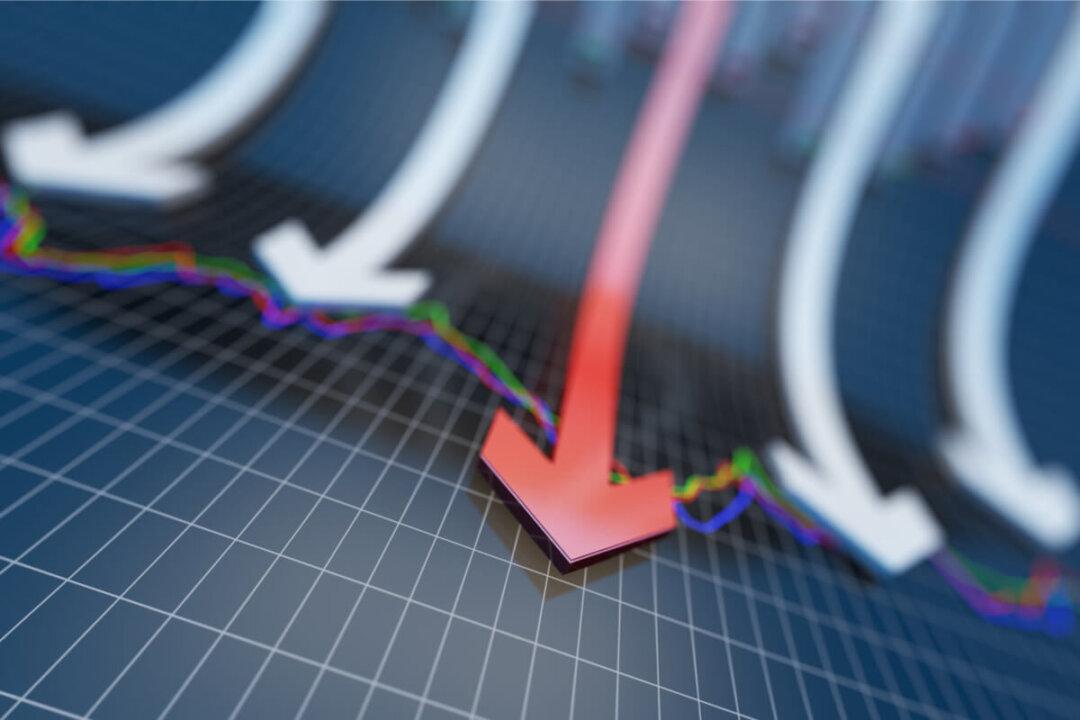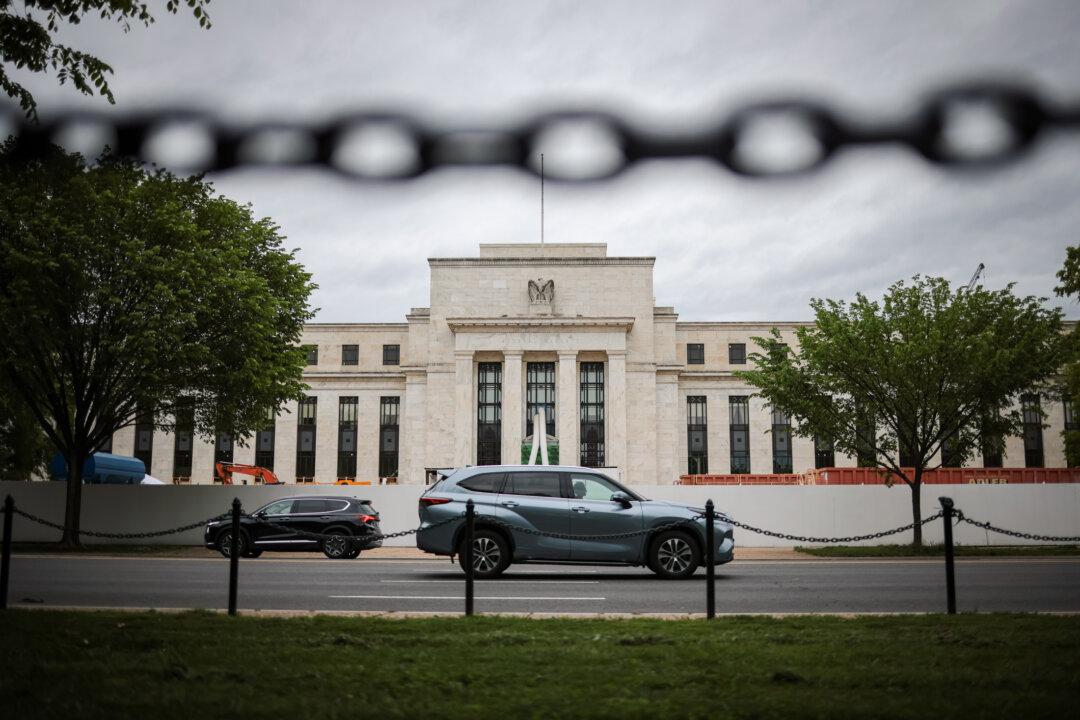Commentary
The 10-year Treasury yield increased by 1.5 percent (or 150 basis points) in half a year. This looks a lot at first glance. But from a chartist’s perspective, the yield had been within the range of 3.3 percent to 4.3 percent for a year (from 9/2022 to 8/2023) and only broke through until last month. The so-called additional tightening is probably only 0.5 percent (or 50 basis points), not to mention it could come down later (at the time of writing, the yield was only 4.6 percent). It is too early to claim that the long-tenor Treasury yield has brought enough tightening.





